Comments / Questions (83)
![]() Ria Rietveld wrote:
Ria Rietveld wrote:
Deze trui gebreid en kwam beige nr. 15 tekort voor maat M. Had toch 3 bollen besteld van elke kleur. Dus bij besteld. Verder klopt het patroon prima. Vr gr. Ria.R.
29.04.2025 - 13:51
![]() Mali wrote:
Mali wrote:
Pouvez-vous expliquer le diagramme de se pull avec des mots. Certains rang ne sont pas faciles à comprendre notamment avec les augmentations. Merci
16.04.2025 - 08:00
![]() Mali wrote:
Mali wrote:
Bonjour quand vous parlez de jeté au début du rang la 1re en noir les suivantes sur le même rang en beige comment lire le huitième rang du diagramme?
15.04.2025 - 20:32DROPS Design answered:
Bonjour Mme Mali, au 7ème tour, vous avez augmenté 1 m en beige au début de chaque A.1, au 8ème tour, tricotez: (2 m en beige (= le jeté + la maille beige du tour précédent), 5 m en noir), répétez de (à) tout le tour. Bon tricot!
22.04.2025 - 09:45
![]() D M Rietveld wrote:
D M Rietveld wrote:
Voor deze trui maat m kwam ik beige tekort. Nr 15. Meer dan een hele bol zwart nr 5 over. Toch van beide kleuren 3 bollen besteld! Misschien een tip voor de volgende breister. Verder het patroon prima.
13.04.2025 - 16:50
![]() Irène wrote:
Irène wrote:
Bonsoir, Lorsqu’il est indiqué de faire des augmentations dans le motif, de quelle couleur faut-il les faire. Merci
04.03.2025 - 21:20DROPS Design answered:
Bonjour Irène, le 1er jeté (la 1ère augmentation) de A.1 va se faire en noir, les jetés suivants en beige (= couleur principale du tour tricoté à chaque fois). Bon tricot!
05.03.2025 - 09:20
![]() LoriWest wrote:
LoriWest wrote:
I cannot for the life of me, figure this pattern out. I have torn it apart AT LEAST 10-15 times. and I\\\'m so frustrated. I\\\'m knitting it in XL and every time I go by the A.1 chart, the pattern just does NOT work out. I need help badly. I am knitting this with DROPS Melody yarn. Please please help me. I cannot find a tutorial on this at all. At least nothing that is of help.
23.02.2025 - 02:41
![]() Ingrid Jukes wrote:
Ingrid Jukes wrote:
Hi, I'm making this jumper in size S. When seperating for the sleeves, it says to knit 39 following diagram, then place 39 stitches on a thread, then cast on 4 stitches. What colour should the cast on stitches be?
12.01.2025 - 09:01DROPS Design answered:
Dear Ingrid, as indicated in the back piece: the new stitches under each sleeve are worked in colour beige, so you cast them on in beige. Happy knitting!
12.01.2025 - 18:09
![]() Marlee Martel wrote:
Marlee Martel wrote:
I'm sure this has been asked but I don't know how to quickly search the comments: how do you know what colour yarn to use for the yarn over increases? is it the last yarn used or then next yarn?
30.12.2024 - 17:50DROPS Design answered:
Dear Marlee, the yarn overs are worked in beige. Happy knitting!
31.12.2024 - 01:12
![]() Lis wrote:
Lis wrote:
Strikker i str. L, garnmængden passer ikke. Der er beregnet for lidt beige garn.
02.12.2024 - 22:50
![]() Andrine wrote:
Andrine wrote:
Jeg vil gjerne strikke denne i to tråder Daisy. Dessverre viser ikke garnkalkulatoren deres dette. Hvor mange gram Daisy (to tråder) kan erstatte Melody (1 tråd)?
23.11.2024 - 10:38DROPS Design answered:
Hei Andrine. Det kommer an på hvilken str du skal strikke. DROPS Melody har en løpelengde på 140 meter pr 50 gram. Daisy har en løpelengde på 110 meter på 50 gram. Du trenger ca 1,3 nøster av Daisy for å få samme løpelengde som Melody, men så trenger du dobbelt (2 tråder) av Daisy for å få samme tykkelse som Melody. F.eks i denne genseren i den minste str. trenger du ca 400 gram hovedfargen og ca 250 gram i bifargen. mvh DROPS Design
25.11.2024 - 14:13
Inverted Peaks Sweater#invertedpeakssweater |
||||||||||
 |
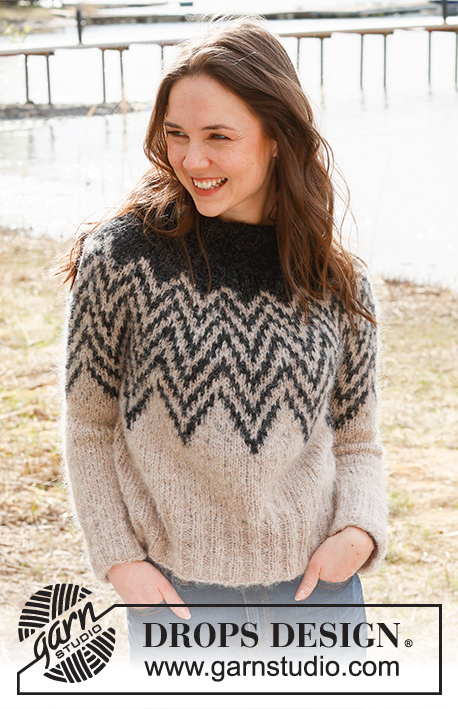 |
|||||||||
Knitted sweater in DROPS Melody. The piece is worked top down with double neck, round yoke and two-colored pattern. Sizes S - XXXL.
DROPS 235-4 |
||||||||||
|
------------------------------------------------------- EXPLANATIONS FOR THE PATTERN: ------------------------------------------------------- PATTERN: See diagram A.1. The pattern is worked in stockinette stitch. KNITTING TIP: To avoid the knitting gauge losing its elasticity when working pattern it is important that the strands at the back are not tight. Use a size larger needle when working pattern if the piece becomes tight. DECREASE TIP (for sleeves): Work until there are 3 stitches left before the marker-thread, knit 2 together, knit 2 (marker-thread sits between these 2 stitches), slip 1 stitch as if to knit, knit 1 and pass the slipped stitch over the knitted stitch (2 stitches decreased). ------------------------------------------------------- START THE PIECE HERE: ------------------------------------------------------- SWEATER – SHORT OVERVIEW OF THE PIECE: The neck and yoke are worked in the round with circular needle, top down. The yoke is divided for body and sleeves and the body is continued in the round with circular needle, top down. The sleeves are worked with short circular needle/double pointed needles, top down. DOUBLE NECK: Cast on 72-72-72-76-84-84 stitches with color black DROPS Melody, using short circular needles size 5 MM = US 8 and 6 MM = US 10 held together (doing this gives you an elastic cast-on edge). Remove the needle size 6 mm = US 10 and work rib in the round (knit 2, purl 2) for 10 cm = 4". Fold the neck double to the inside and work another round of rib, at the same time as you work every 2nd stitch together with its corresponding stitch on the cast-on edge. You now have a double neck. Insert 1 marker mid-front – the yoke is measured from here. YOKE: Change to circular needle size 6 MM = US 10. Knit 1 round and increase 8-8-18-14-26-26 stitches evenly spaced = 80-80-90-90-110-110 stitches. Work 0-1-3-3-3-4 rounds of stockinette stitch with color black. Then work A.1 – read KNITTING TIP! Increase as shown in the diagram. REMEMBER THE KNITTING GAUGE! Continue A.1 until the yoke measures 23-24-26-28-30-32 cm = 9"-9½"-10¼"-11"-11¾"-12½" from the marker. The last increase has been worked and there are 208-208-234-234-286-286 stitches. Now divide for the body and sleeves as described below – NOTE: A.1 is not finished; it is continued on both the body and sleeves. Continue A.1 over the first 39-39-39-39-52-52 stitches (half back-piece), place the next 39-39-39-39-52-52 on 1 thread for the sleeve, cast on 4-10-10-12-8-12 stitches (in side under sleeve), continue A.1 over the next 65-65-78-78-91-91 stitches (front piece), place the next 39-39-39-39-52-52 stitches on 1 thread for the sleeve, cast on 4-10-10-12-8-12 stitches (in side under sleeve), continue A.1 over the remaining 26-26-39-39-39-39 stitches on the back piece. The body and sleeves are finished separately. BODY: = 138-150-176-178-198-206 stitches. Continue A.1 in the round; the new stitches under each sleeve are worked in color beige. When A.1 is finished, continue with stockinette stitch and color beige until the body measures 18-19-19-19-19-19 cm = 7"-7½"-7½"-7½"-7½"-7½" from the division. Knit 1 round and increase 6-6-12-12-14-14 stitches evenly spaced = 144-156-188-190-212-220 stitches. Change to circular needle size 5 MM = US 8 and work rib (knit 2, purl 2) for 10 cm = 4". Bind off with knit over knit and purl over purl. The sweater measures approx. 54-56-58-60-62-62 cm = 21¼"-22"-22¾"-23⅝"-24⅜"-24⅜" from the shoulder down. SLEEVES: Place the 39-39-39-39-52-52 stitches from the thread on the one side of the piece on short circular needle/double pointed needles size 6 MM = US 10 and knit up 1 stitch in each of the 4-10-10-12-8-12 stitches cast on under the sleeve = 43-49-49-51-60-64 stitches. Insert a marker-thread in the middle of the new stitches under the sleeve. Allow the thread to follow your work onwards; it will be used when decreasing under the sleeve. Start at the marker-thread and continue A.1 in the round ; the new stitches under the sleeve are worked in color beige. When A.1 is finished, continue with stockinette stitch and color beige over all stitches. AT THE SAME TIME when the sleeve measures 3-3-3-4-4-4 cm = 1⅛"-1⅛"-1⅛"-1½"-1½"-1½" from the division, decrease 2 stitches under the sleeve – read DECREASE TIP. Decrease like this every 12-6-6-7-4-3 cm = 4¾"-2⅜"-2⅜"-2¾"-1½"-1⅛" a total of 3-5-5-4-6-7 times = 37-39-39-43-48-50 stitches. Continue working until the sleeve measures 33-32-31-29-27-26 cm = 13"-12½"-12¼"-11⅜"-10⅝"-10¼" from the division. Knit 1 round and increase 7-5-9-9-8-10 stitches evenly spaced = 44-44-48-52-56-60 stitches Change to double pointed needles size 5 MM = US 8 and work rib (knit 2, purl 2) for 10 cm = 4". Bind off with knit over knit and purl over purl. The sleeve measures approx. 43-42-41-39-37-36 cm = 17"-16½"-16⅛"-15¼"-14½"-14¼" from the division. Work the other sleeve in the same way. |
||||||||||
Diagram explanations |
||||||||||
|
||||||||||

|
||||||||||

|
||||||||||
Have you finished this pattern?Tag your pictures with #dropspattern #invertedpeakssweater or submit them to the #dropsfan gallery. Do you need help with this pattern?You'll find 29 tutorial videos, a Comments/Questions area and more by visiting the pattern on garnstudio.com. © 1982-2025 DROPS Design A/S. We reserve all rights. This document, including all its sub-sections, has copyrights. Read more about what you can do with our patterns at the bottom of each pattern on our site. |
||||||||||







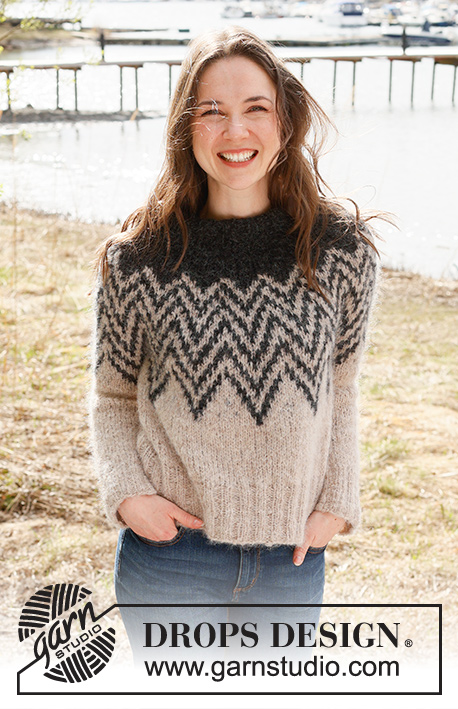
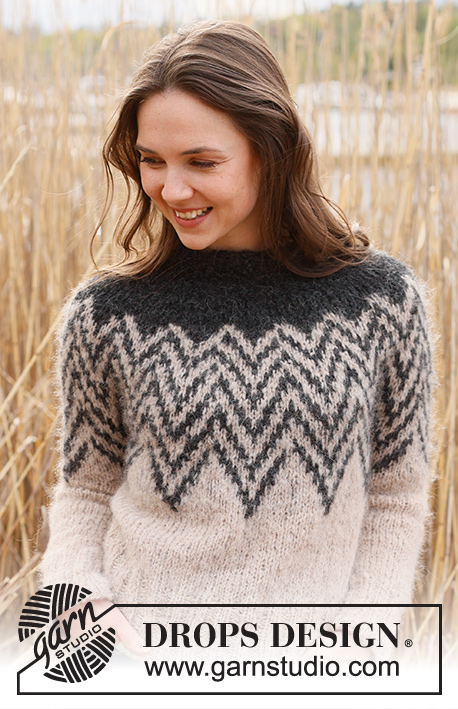
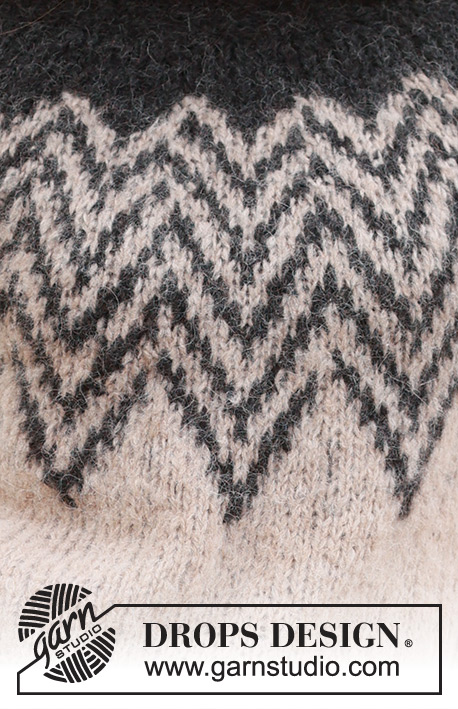

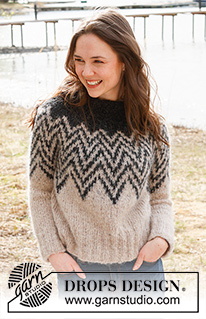
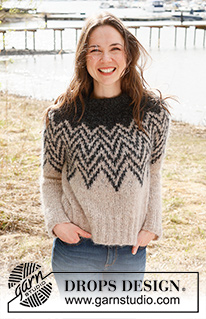
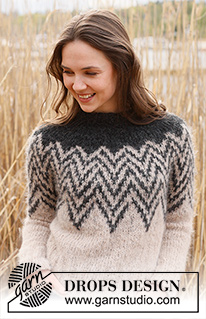

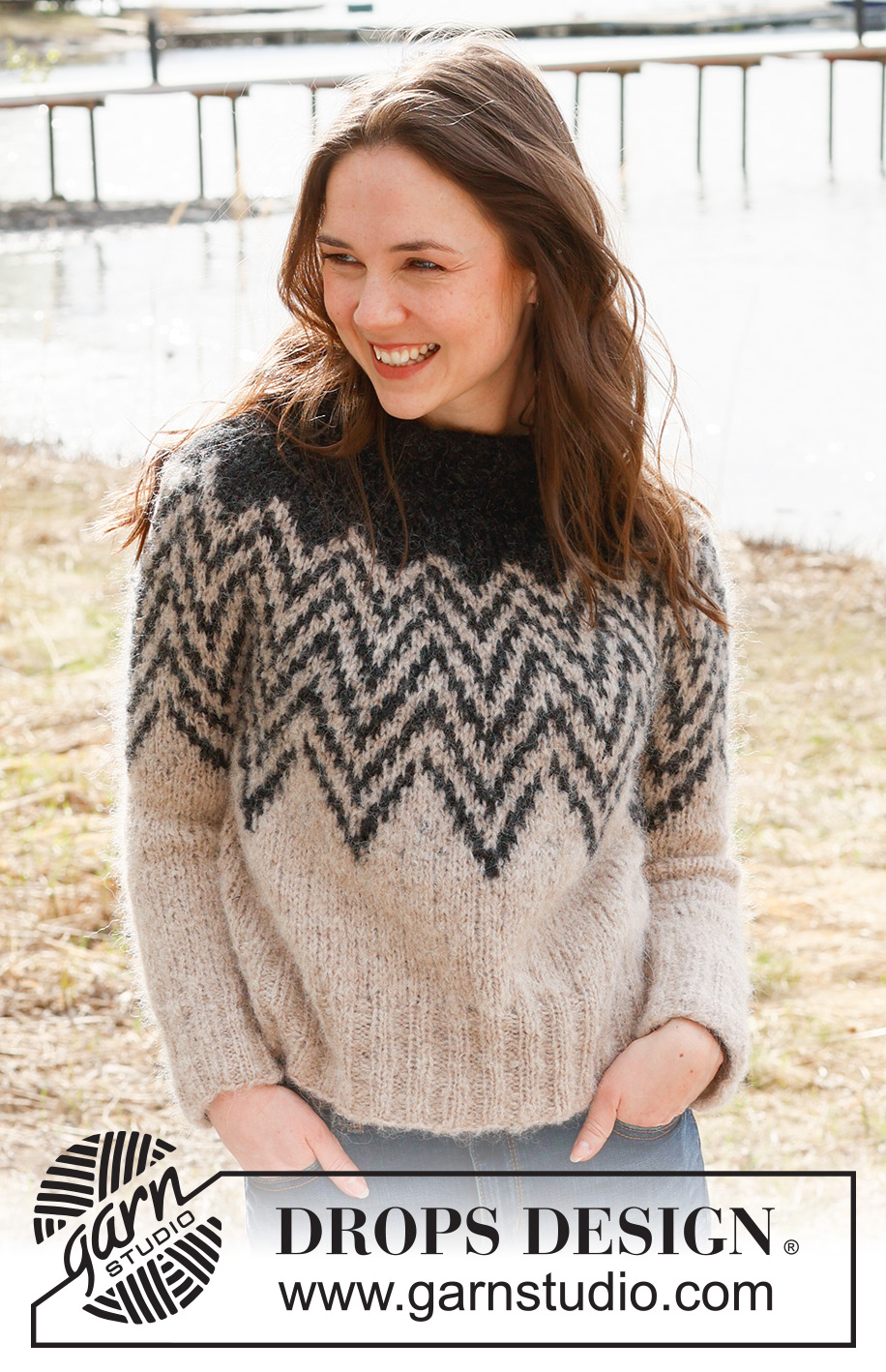
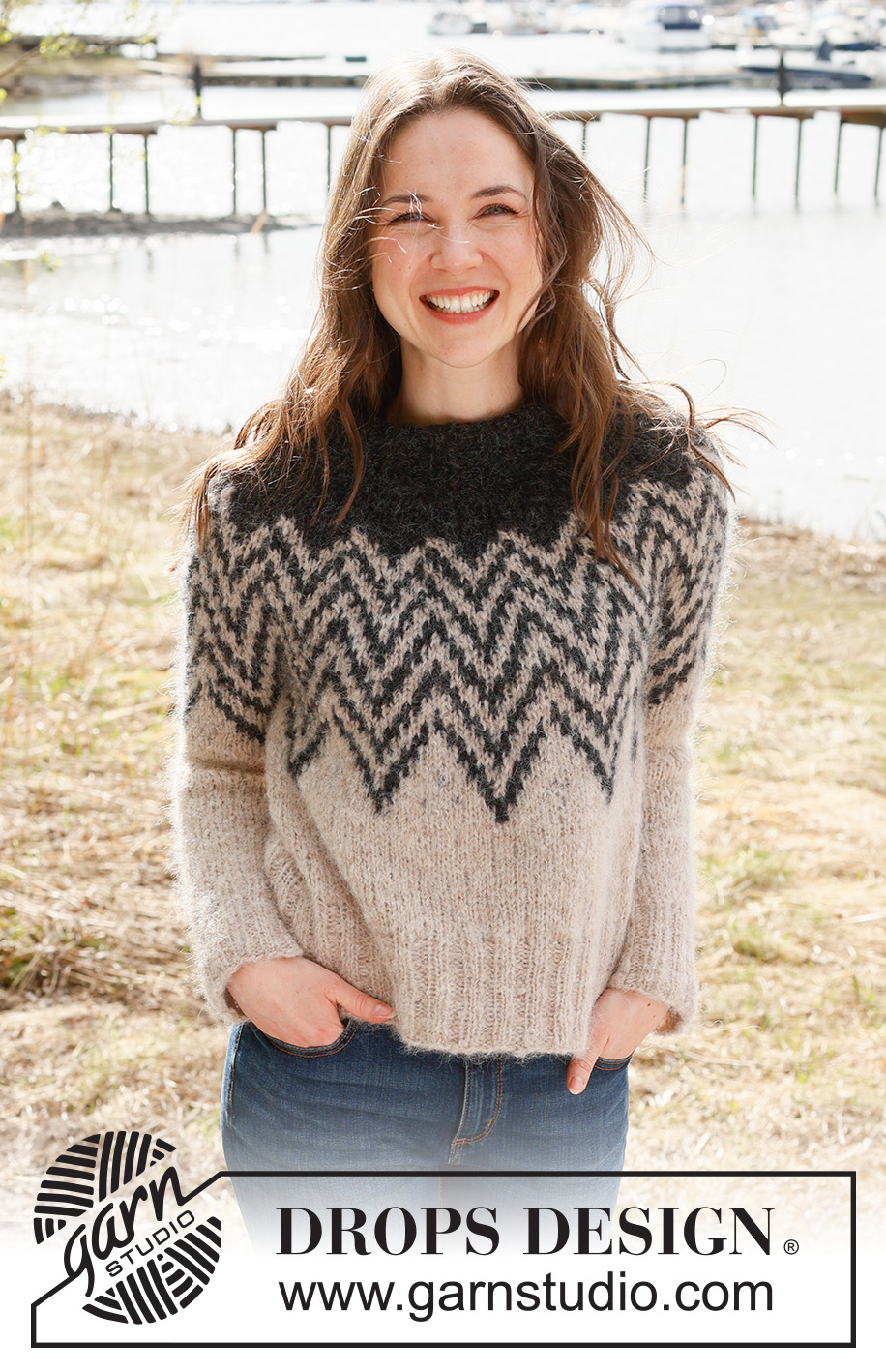
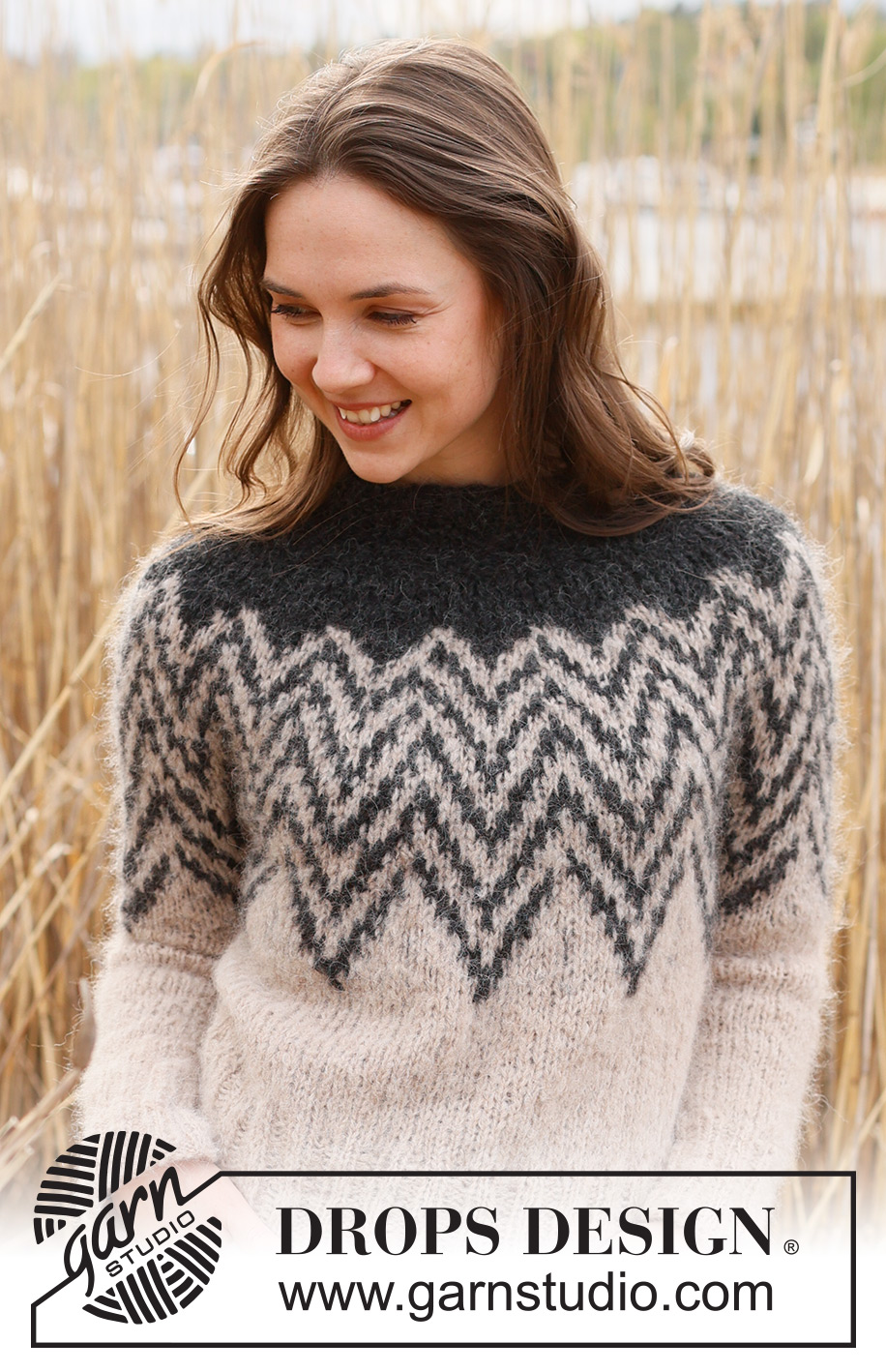


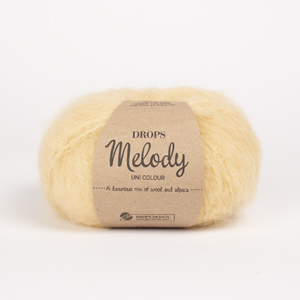
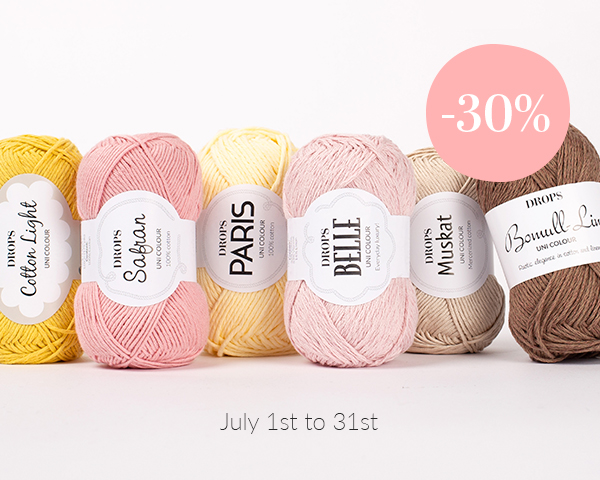
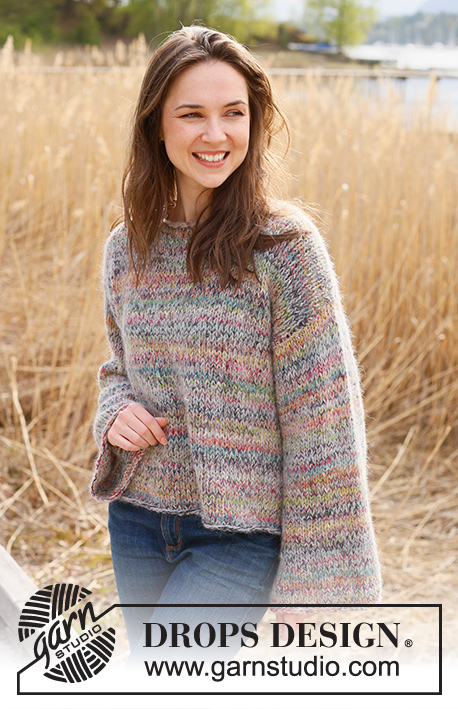
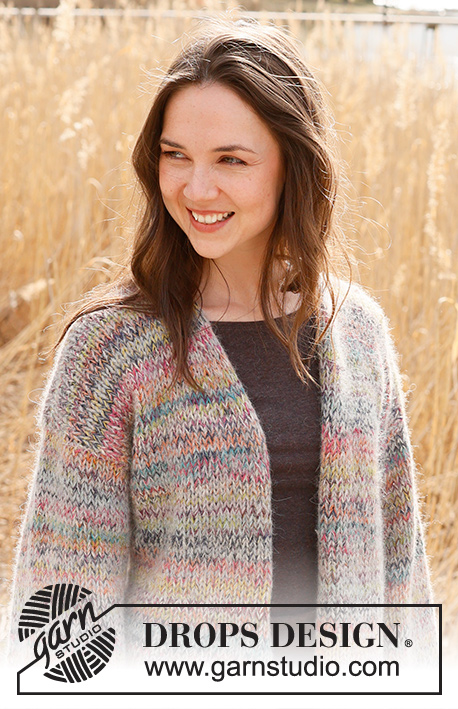
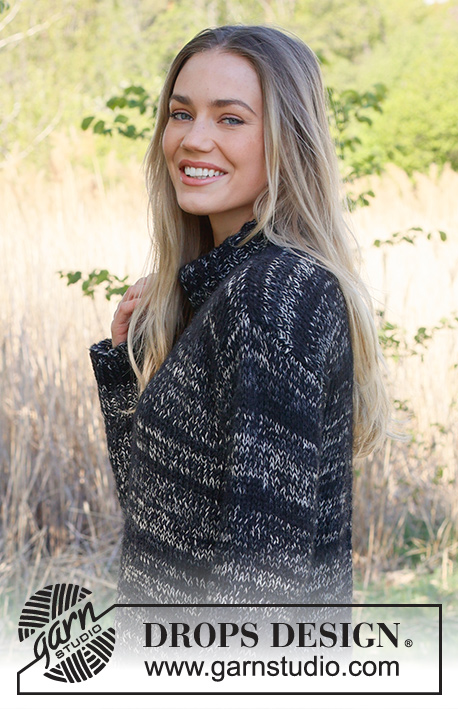















































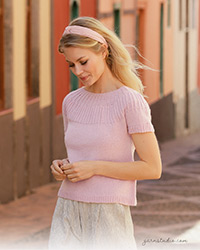
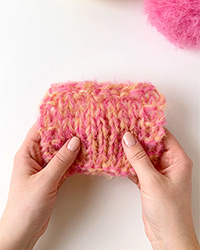
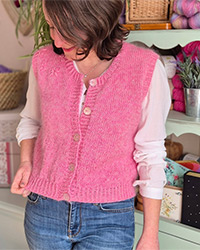
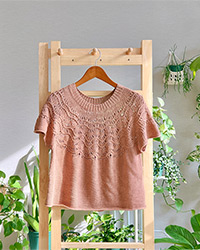
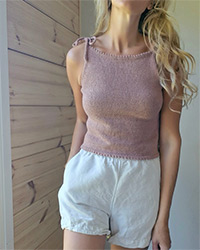
Post a comment to pattern DROPS 235-4
We would love to hear what you have to say about this pattern!
If you want to leave a question, please make sure you select the correct category in the form below, to speed up the answering process. Required fields are marked *.